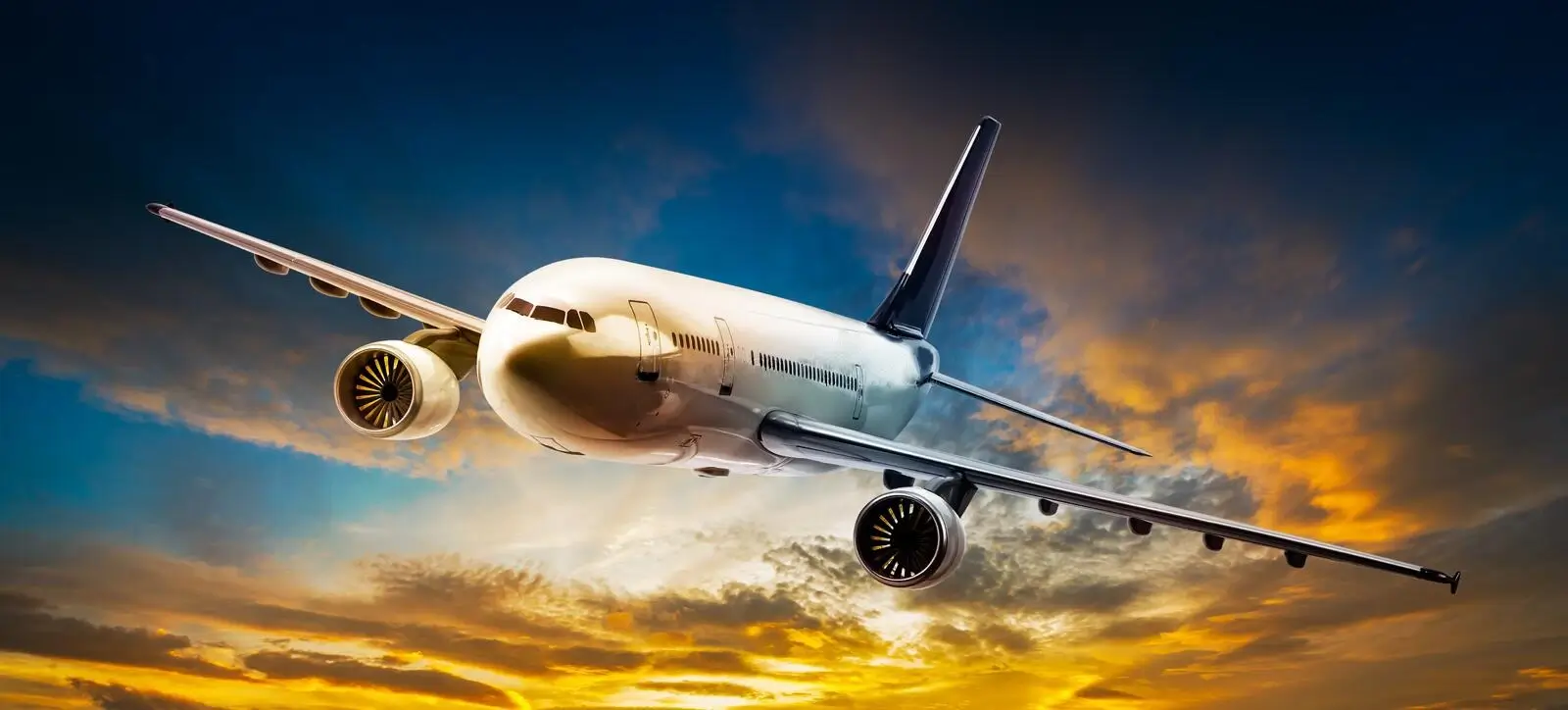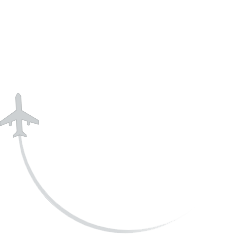Marrakesh, also spelled Marrakech, is a major city in Morocco, known for its rich history, vibrant culture, and stunning architecture. Here's some detail about Marrakesh:
- History: Marrakesh was founded in the 11th century by the Almoravid dynasty and served as the capital of Morocco for several centuries.
- Culture and Attractions: Marrakesh is famous for its bustling medina (old city) with its maze-like alleys, colorful souks (markets), and historic landmarks.
- Medina and Souks: The medina of Marrakesh is a UNESCO World Heritage site and is one of the most extensive and well-preserved medieval cities in the world.
- Jemaa el-Fnaa Square: Jemaa el-Fnaa is the main square in Marrakesh and is a hub of activity day and night.
- Cuisine: Moroccan cuisine is renowned for its bold flavors and aromatic spices, and Marrakesh offers plenty of opportunities to sample authentic dishes.
- Accommodation: Marrakesh offers a wide range of accommodation options to suit every budget and preference, from luxurious riads (traditional Moroccan houses) to boutique hotels and budget-friendly hostels.
- Day Trips: Marrakesh serves as a gateway to several popular day trip destinations, including the Atlas Mountains, the Ourika Valley, and the desert town of Ouarzazate.
- Festivals and Events: Marrakesh hosts several festivals and events throughout the year, celebrating music, film, and cultural heritage. The Marrakech International Film Festival and the Marrakech Popular Arts Festival are among the notable events held annually.













